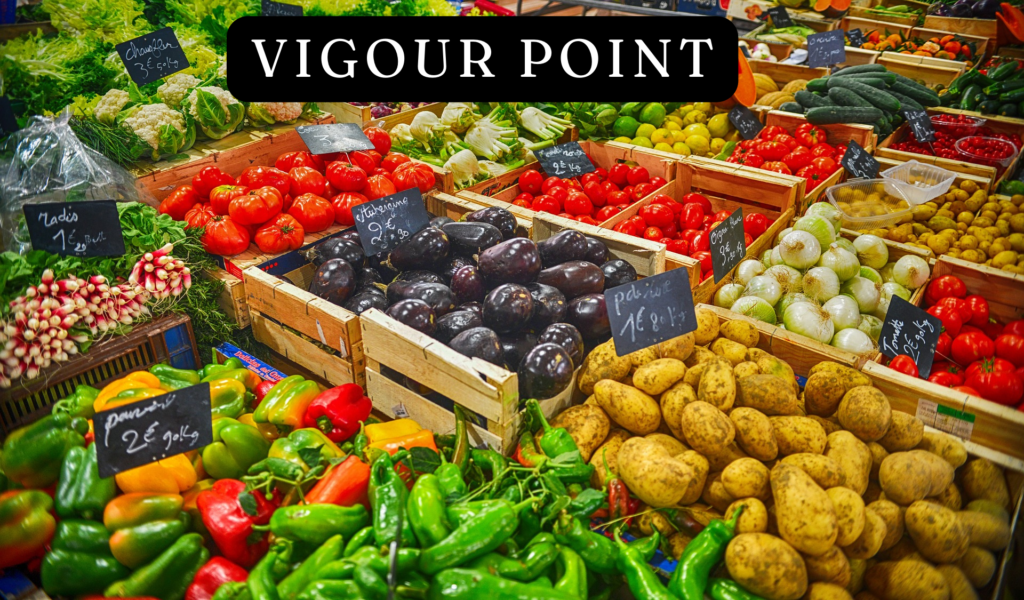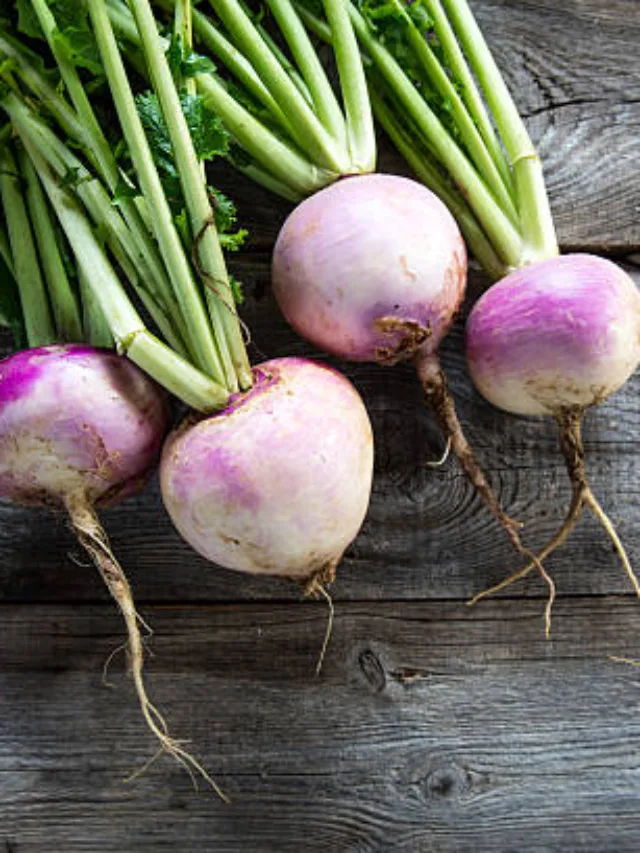Eating healthy doesn’t have to break the bank. With some planning and smart choices, you can enjoy nutritious meals without overspending. This blog post will provide you with practical tips and tricks to help you eat healthy on a budget, ensuring you get the best value for your money while maintaining a balanced diet.

1. Plan Your Meals
Meal planning is one of the most effective ways to save money and ensure you’re eating healthy. Start by creating a weekly meal plan that includes breakfast, lunch, dinner, and snacks. Make a shopping list based on your meal plan and stick to it to avoid impulse purchases.
2. Buy in Bulk
Purchasing items in bulk can save you money in the long run. Focus on buying non-perishable items such as rice, beans, lentils, oats, and pasta. Additionally, buying fresh produce like fruits and vegetables in bulk when they are in season can also be cost-effective.
3. Cook at Home
Eating out can be expensive and often less healthy than home-cooked meals. Cooking at home allows you to control the ingredients and portion sizes. Prepare large batches of meals and freeze leftovers for future use. This not only saves money but also time on busy days.
4. Use Affordable Protein Sources
Protein is an essential part of a healthy diet, but it can be costly. Opt for affordable protein sources such as eggs, beans, lentils, tofu, and canned fish. These options are not only budget-friendly but also nutritious and versatile.
5. Buy Frozen Fruits and Vegetables
Frozen fruits and vegetables are often cheaper than fresh ones and can be just as nutritious. They have a longer shelf life, reducing waste, and can be used in various recipes, from smoothies to soups and stews.
6. Shop Seasonal Produce
Seasonal fruits and vegetables are typically more affordable and fresher than out-of-season produce. Visit local farmers’ markets or join a community-supported agriculture (CSA) program to get the best deals on seasonal produce.
7. Limit Processed Foods
Processed and convenience foods are often more expensive and less nutritious than whole foods. Limit your consumption of packaged snacks, ready-made meals, and sugary drinks. Instead, focus on whole foods such as fruits, vegetables, whole grains, and lean proteins.
8. Make Use of Leftovers
Don’t let leftovers go to waste. Repurpose them into new meals to save money and reduce food waste. For example, use leftover roasted vegetables in a stir-fry or add cooked chicken to a salad.
9. Grow Your Own Food
If you have the space, consider starting a small garden to grow your own fruits, vegetables, and herbs. This can be a fun and rewarding way to access fresh produce while saving money.
10. Use Coupons and Discounts
Take advantage of coupons, discounts, and loyalty programs offered by grocery stores. Look for sales and stock up on non-perishable items when they are on offer. Many stores also have apps that provide additional savings and digital coupons.
Eating healthy on a budget is entirely possible with a bit of planning and creativity. By following these tips and tricks, you can enjoy nutritious meals without overspending. Remember, healthy eating doesn’t have to be expensive—it just requires some smart choices and a little effort.
- How to Achieve Full-Body Fitness with 5 Health Components?
- How to Reduce Food Waste: Practical Tips for a Sustainable Kitchen
- Air-Fryer Taquitos with Cauliflower and Black Beans: A Healthy, Crispy Delight
- Quick and Healthy Tacos: A Delicious Meal Under 300 Calories
- 200g Meal Portions for a Healthy and Sustainable Diet




